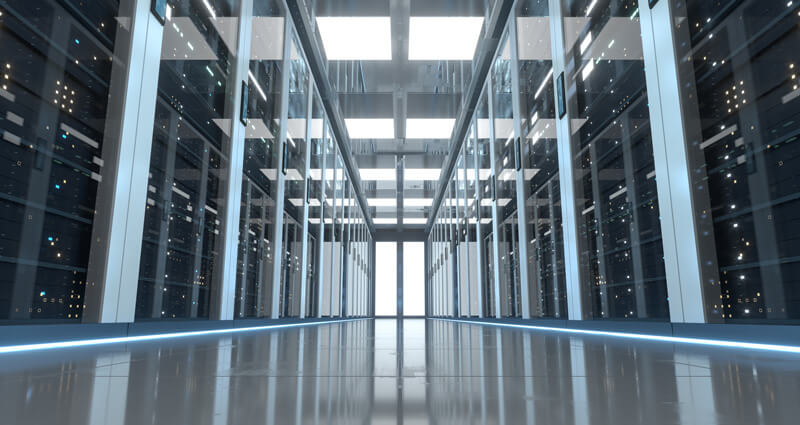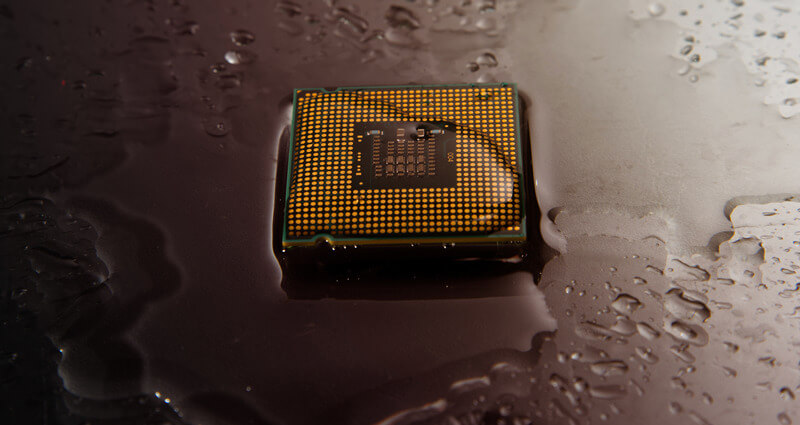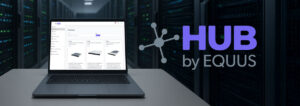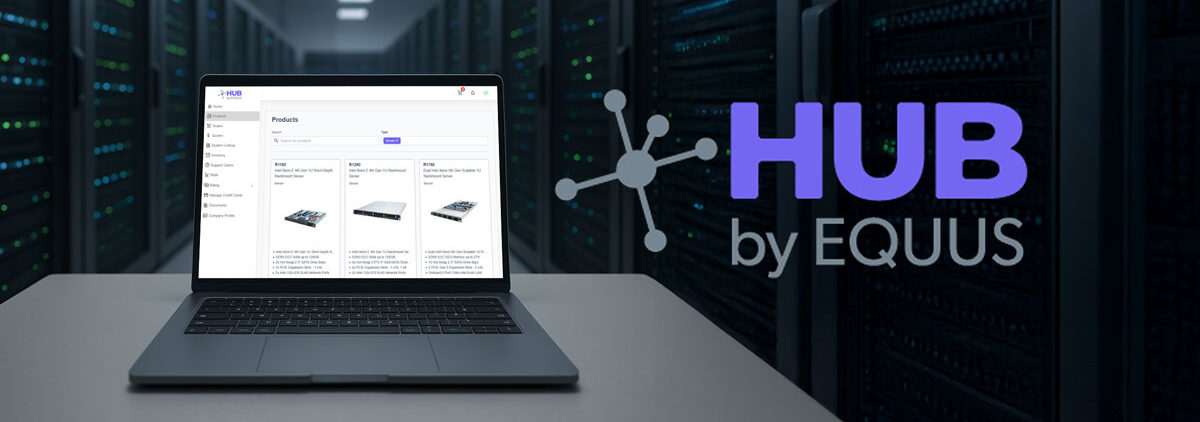[et_pb_section admin_label=”section”] [et_pb_row admin_label=”row”] [et_pb_column type=”4_4″][et_pb_text admin_label=”Text”]
When we think of data centers, vast spaces with rows of servers and the persistent buzz of computing hardware at work come to mind. These machines are the backbone of our digital age. But beneath the efficient performance lies an unseen enemy: heat. And the traditional ways of combatting it, like air cooling, have their limits, especially as compute densities increase.
Enter immersion and liquid cooling, a game-changing technology that is transforming how data centers manage heat. Let’s delve into this innovative approach, dissecting its methodologies, advantages, and real-world applications.
Unboxing the Variety of Cooling Methods
Like everything else in computing, cooling methods have evolved rapidly, providing efficient solutions for big and small data centers. Some of the methods we’ll review can be applied at the individual server level, while others require holistic data center planning — sometimes even city-level planning.
Single-Phase vs. Two-Phase Liquid Cooling
The terms “single-phase” and “two-phase” refer to the process by which heat is transferred from the equipment to the liquid coolant.
- Single-phase. In single-phase liquid cooling, the coolant remains in a liquid state as it absorbs heat. It circulates through the system, takes in the heat without boiling or changing form, and dissipates it elsewhere. Common coolants in this category include water and engineered fluids.
- Two-phase: This method is more intricate. Upon absorbing heat, the coolant changes from liquid to vapor. As the vapor rises, it’s condensed back into a liquid, releasing the absorbed heat in the process. This phase change allows for a much more efficient heat transfer than single-phase cooling.
Since single-phase immersion cooling is easier to deploy, it’s often the first choice for enterprise data centers, high-performance computing facilities, and edge data centers. However, two-phase cooling is superior when the needs rise even further, like in supercomputing centers, cryptocurrency mining operations, and innovative tech startups.
Direct-to-Chip Liquid Cooling
“Direct-to-chip” or D2C is a cooling strategy where the liquid coolant is in direct contact with the heat-generating components, like the CPU or GPU. By eliminating intermediary steps or materials (like thermal pads), D2C cooling enhances thermal transfer efficiency. It’s like giving your overheated computer a direct ice bath without the catastrophic results.
D2C is used wherever there’s a need for highly efficient, direct cooling, especially in environments where compute components are densely packed or are subjected to heavy workloads. Since it can be used at the individual hardware level, it’s seen in everything from gaming PCs to supercomputers and is ideal for standalone use cases.
The Rear Door Cooling Approach

Not all liquid cooling strategies immerse the entire server component in liquid. Some are more localized, like the rear door heat exchanger. This method involves attaching a cooling assembly to the rear door of a server rack. As hot air is expelled from the servers, it immediately encounters this exchanger, transferring its heat to the liquid coolant before the air even leaves the cabinet. It’s a seamless, efficient integration that minimizes hot spots and ensures a cooler data center environment.
This direct approach minimizes the mixing of hot and cool air, leading to more efficient cooling. Moreover, rear door cooling systems can be easily integrated into existing infrastructure, offering a space-saving solution that doesn’t require a complete data center overhaul. The result is enhanced thermal management, potentially reduced energy costs, and a more scalable cooling solution for growing data needs.
Remember, It’s All About the Heat
The beauty of liquid cooling isn’t limited to efficient heat removal — but the potential of repurposing this heat as well. Instead of seeing it as waste, modern data centers harness it for other applications, such as warming office spaces or aiding in district heating. By integrating with local infrastructures, data centers can significantly reduce their carbon footprint — exemplifying the dual benefits of efficiency and sustainability.
One of the most notable implementations of heat repurposing is the Stockholm Data Parks program in Sweden, which uses the heat dispelled from local data centers. In 2018, the leading Nordic data center operator, DigiPlex, signed an agreement to heat as many as 10,000 homes with excess data center heat. By working with local municipalities, data centers may be able to promote green, efficient practices while converting heat waste into profits.
As we stand on the brink of a new era in data center management, the importance of efficient, sustainable cooling solutions cannot be overstated. Immersion and liquid cooling, with their myriad strategies and implementations, offer a roadmap to a cooler, greener future. As technology continues to evolve, it’s not just about what our machines can do but how they do it. If you want to learn more about how you can implement liquid cooling solutions in your data center, contact one of our experts today.
[/et_pb_text][/et_pb_column] [/et_pb_row] [/et_pb_section]








